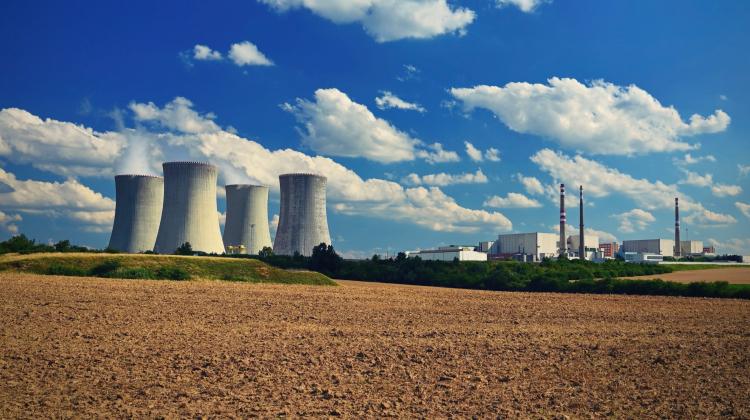Data from a report by the World Meteorological Organization (WMO) indicate that in 2021, severe droughts were recorded in many places around the world. Flows below the average from 1992-2020 occurred in the catchments of the world's largest rivers, among others in the Rio de la Plata in South America, the South and Southeastern Amazon Basin, the Colorado, Missouri and Mississippi rivers in North America, as well as in most of Africa, Siberia and Central Asia. The report indicated that losses in surface water storage levels are usually greater than excess water associated with high flows.
The situation is not improved by the increase in the average temperature on Earth, and this year's situation is extremely difficult. According to experts from the US National Centers for Environmental Prediction agency, Tuesday, July 6, 2023 was the hottest day in the world in the entire history of measurements, the average global temperature was 17.23°C!
In recent years, our region has been particularly painfully affected by the consequences of high temperatures in the form of extreme phenomena such as heatwaves, droughts, fires and other weather anomalies.
Drought is one of the most severe natural phenomena affecting not only the environment, but also society and the economy. The phenomenon of drought may consequently cause:
- drying of the soil,
- reduction or complete destruction of crops,
- increased likelihood of fires
- or finally lowering the groundwater level
The periodic occurrence of atmospheric droughts and the resulting soil droughts is a natural feature of the climate in our country. In Poland, droughts most often occur when very warm and dry air flows in during the growing season. If this period is preceded by less than average rainfall, the phenomenon of drought may deepen. Statistically, in Poland such a situation happens once every 4-7 years.
The drought development cycle consists in a gradual increase in the negative water balance, i.e. an increase in the difference between the water resources of a given area and the losses. Drought is preceded by no or very little rainfall, which causes a decrease not only in the hydrosphere resources, but also in the water vapour content in the atmosphere. This condition is referred to as atmospheric drought.
If the period of rainfall shortage is combined with high temperatures and increased wind speeds, then the intensity of evaporation increases, which causes a decrease in moisture in the near-surface layers of the soil, and then, as a result of increased plant transpiration, in deeper layers, causing an increase in the intensity of drought. This condition causes atmospheric drought to turn into soil (agricultural) drought.
The prolonged period of precipitation shortages may cause losses in water reserves in the deeper layers of the soil and lead to hydrological drought. Its consequences include a reduction in the outflow of groundwater and a reduction in the flow of water in rivers – low flows, lowering the water level in artificial water reservoirs and lakes. In June this year in a large part of Poland, we were dealing with a state of hydrogeological hazard, related to the location of the groundwater table below the low warning level. The hydrogeological low flow occurring on a regional scale in the discussed month covered parts of the following voivodeships: Zachodniopomorskie, Pomorskie, Wielkopolskie and Kujawsko-Pomorskie. Such a situation is also conducive to mass blooms of water, with reduced water levels they heat up faster, which is good conditions for the development of algae and cyanobacteria.
While atmospheric and soil drought disappear relatively quickly, even after small rainfall, hydrological drought usually lasts much longer and may cover several hydrological seasons, and the process of rebuilding water resources requires heavy and prolonged rainfall or snowfall.
The prolonged hydrological drought is also a serious threat to the energy market. In 2022, European hydroelectric power plants generated as much as 20 percent less electricity compared to the previous year, which is extremely worrying, taking into account the fact that hydropower is the second largest renewable source of electricity in Europe.
In addition, water is a raw material necessary for the proper functioning of coal power plants. It performs cooling function for power units. For this purpose, it is collected from water reservoirs. After it is used for cooling, the warmer water is fed back to the river or lake. If the water level is low, each water fed-back causes the temperature of the water in the basin to increase. And the warmer the water taken to cool the power plant, the less efficient the operation of the power plant itself becomes.mi.




